In his recent essay at the Poetry Foundation blog, “So Much Depends: On the Particular, the Personal, and the Political,” David Trinidad makes a case for concrete imagery in poetry: “Without image I am bereft. I’m reading a poem by Contemporary Poet X and it’s nothing but abstractions, like ‘truth’ and ‘memory,’ like ‘despair’ and ‘joy.'” In audacious lushness, Geoffrey Nutter’s Cities at Dawn delivers layers upon layers of detail that are refreshing in the face of contemporary poetic trends.
Nutter’s luxuriance in description brings to mind neoclassical novels, where the exposition of the plot depends on, say, the roving depiction of a bedroom. And this is precisely why Cities of Dawn delivers more than a message or concept. If one is reading with a metacognition, or awareness of one’s own reaction, the book—with its unfolding, seemingly endless worlds of objects and people—reflects our current cultural preference for a point, as we mine texts and rush toward abstraction.
In fact, in “The Radiant Manifest,” the speaker is faced with many objects: “plenty of tiny structures built into the waterless / pond” and “The probabilities, the double-sided / panels that turn toward one another.” At the turn in the poem, Nutter acknowledges our preference for thinking rather than experiencing:
And we were trying to “think it through” in the
way we knew how.
But it’s not something you can think your way through—
You think your way in and stay there.
From the very beginning of Cities at Dawn, the reader’s expectations are delightfully toyed with. The title for the first poem, “A Small Victorian Object,” sets up the ornamental preciousness of the Victorian world, and yet the poem ends by juxtaposing disparate objects:
Buttons; bottle caps; small bits of Styrofoam
that look like shells or coral; a few dead crabs;
a cracked porcelain vessel from the Victorian era
for containing the tears of those
who have survived the death of loved ones.
This poem is an example of how Nutter brilliantly performs a complex act of meaning so simply: as if in a museum, Styrofoam is displayed next to an antique porcelain vessel, and the contemporary viewer is forced to rethink the legacy of our familiar world. Time, too, is masterfully explored throughout the book, such as in “A Lapidary Crystal,” where Nutter’s arcane diction documents strange and fanciful things such as, “caustic potash,” “smoked eel and lemongrass,” and a “subterranean food court.” In the end, he uncannily conjures an obsolete world so similar to our own:
And its citizens are sleeping
but many are awake, and those
who are awake are turning in their beds,
as others lay their heads upon the cold
night pillows stuffed with ash and jasmine
for the calming of insomniacs [ . . . ]
Just as our forefathers couldn’t sleep, the speaker in “My Name Is Dustin Hemp” castigates the bookshelf of a seemingly invented ancestor in a manner reminiscent of an all-knowing hipster. After rattling off all the important books Hemp has not read, (including, hilariously, “the New Selected Wallace Stevens,” Derrida, and six bibles, such as “The Vinegar Bible” and “The Idle Bible,”) the speaker scourges cryptically, “Mr. Hemp, Your library is panoply / of iridescent darkness [ . . . ].” Speaking of hipster, the poem becomes self-referential when an admission appears halfway through: “The anachronisms in the poem are most marvelous.”
At The Kenyon Review John Ebersole adroitly observes, “Geoffrey Nutter’s poetry recalls the charm of a Wes Anderson film: so full of sculpted artifice that it manages to achieve authenticity.” A small minority might quibble with the word “authenticity” when it comes to Anderson’s films—some might argue that obscure aesthetics and emotional restraint become stilted and ultimately predictable. And like Anderson’s work, because Nutter’s pieces favor arcane encyclopedic knowledge and fanciful travels, at times it can be difficult to ascertain what emotion brought the speaker to share. Yet in poems like “These Are Cliffs of Wonder,” it becomes clearer where his art proclaims allegiances. Beginning self-reflexively, the poem could make any poet blush at their crummy metaphors:
When we moved to the wilderness
(of our feelings), past the granite quarry
and the salt works and the winding
towers (of our feelings)
Then, after cataloging the setting in a very simple manner, as in, “The houses / stand along the town” or “the wind is blowing,” the poem declares the epic: “These are the Cliffs of Wonder. / They rise from the Sea of Astonishment.” Suddenly, his rhetoric erects a cosmology, and in effect, Everything Ordinary stands in caps and possesses a mythical back story. The concrete is holy. And like E. E. Cummings, Nutter renders us so rudimentary, we look realer than ever:
The Person of Day-To-Day
Living lived day in, day out, among
the Big Geraniums of Guesses and the Waves,
in the Shadow of the Rickety
Lighthouse of Conjecturing.

 Anastasi Selby’s story was selected as the winning entry for the
Anastasi Selby’s story was selected as the winning entry for the 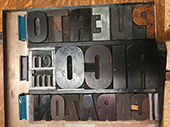 Puerto Rico En Mi Corazon
Puerto Rico En Mi Corazon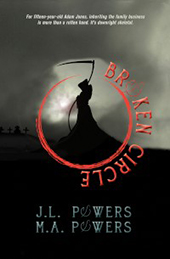 I can’t imagine having one successful author in the family, let alone two, and then the two of them writing – not one book together, but a series? J.L. Powers and M.A. Powers, brother and sister, have embarked on just such a journey together with the release of the first in a series of supernaturally themed YA novels.
I can’t imagine having one successful author in the family, let alone two, and then the two of them writing – not one book together, but a series? J.L. Powers and M.A. Powers, brother and sister, have embarked on just such a journey together with the release of the first in a series of supernaturally themed YA novels. 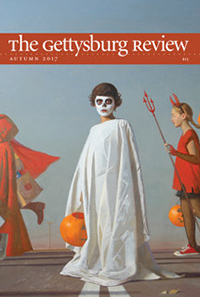 Halloween, detail by
Halloween, detail by 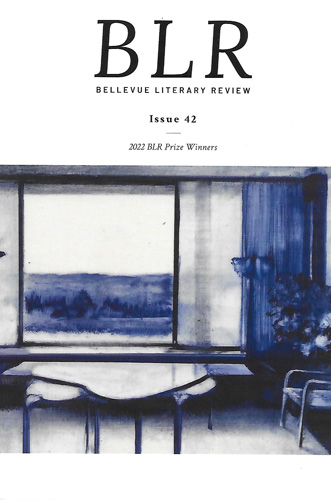 “Finding Home: Family & Connections” is the theme of
“Finding Home: Family & Connections” is the theme of 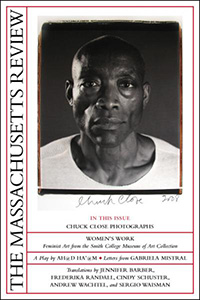
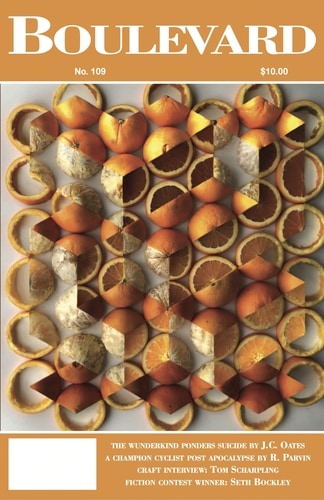 Boulevard
Boulevard Celebrating its 35th Anniversary,
Celebrating its 35th Anniversary, 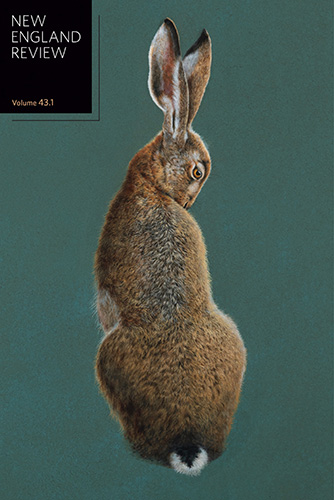
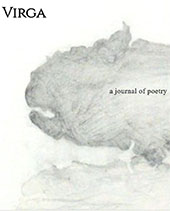 Virga is the name for the cloud streaks that stream hazily down from the sky, snow or rain precipitation that evaporates before having a chance to reach the ground. Virga can often fool radar into recording precipitation while the ground remains dry. Perhaps in this same way, poetic and hybrid forms can be as elusive as nature herself, and why
Virga is the name for the cloud streaks that stream hazily down from the sky, snow or rain precipitation that evaporates before having a chance to reach the ground. Virga can often fool radar into recording precipitation while the ground remains dry. Perhaps in this same way, poetic and hybrid forms can be as elusive as nature herself, and why  September is a busy month for award-winning book releases. Here is just a sampling of small press and university press titles readers can look for this month.
September is a busy month for award-winning book releases. Here is just a sampling of small press and university press titles readers can look for this month.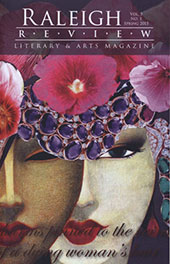 Winner
Winner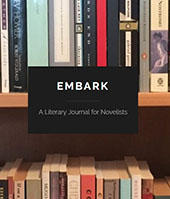 Teaching a course in The Novel, I took my students to the fiction section of the library and had them pull down books at random and simply read the first several pages, sometimes just the first sentence. I wanted them to sample as many “beginnings” as they could, then comment on the exercise. Some said they liked it as a way to consider a lot of books and see which one might grab their interest; overwhelmingly, they all wanted to go back and keep reading at least one or more of what they had sampled. Now, imagine this experience of sampling first chapters at your fingertips, on the computer, in one publication, and you will have imagined
Teaching a course in The Novel, I took my students to the fiction section of the library and had them pull down books at random and simply read the first several pages, sometimes just the first sentence. I wanted them to sample as many “beginnings” as they could, then comment on the exercise. Some said they liked it as a way to consider a lot of books and see which one might grab their interest; overwhelmingly, they all wanted to go back and keep reading at least one or more of what they had sampled. Now, imagine this experience of sampling first chapters at your fingertips, on the computer, in one publication, and you will have imagined  Grand Prize Winner
Grand Prize Winner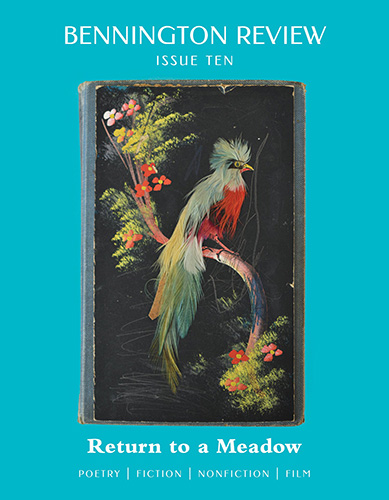 “The decision to consider the work in the current issue of
“The decision to consider the work in the current issue of 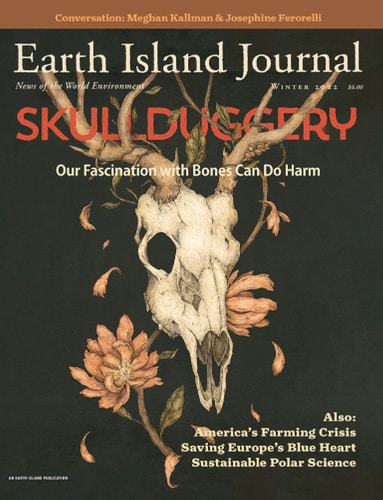
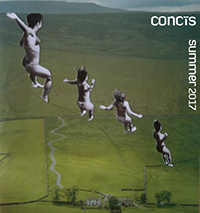 “Field Tripping” by
“Field Tripping” by 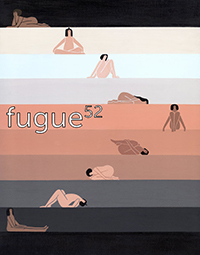 “The Spaces Between” by
“The Spaces Between” by  Do I pick EVERY
Do I pick EVERY 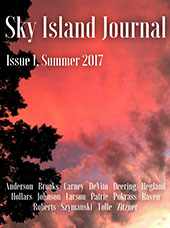 Born in the southern reaches of Arizona and New Mexico,
Born in the southern reaches of Arizona and New Mexico, 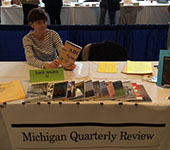 In its Spring 2017 issue,
In its Spring 2017 issue,  The Rust Belt extends from the Great Lakes to the Upper Midwest and refers to the deindustrialization the region experienced as needs and supplies changed over the decades. As a Michigander, Detroit and Flint are well-known names from our state representing the Rust Belt sector. But on the tails of any discussion of decline and decay are examples and stories of revitalization and renewal, and these are common literary themes.
The Rust Belt extends from the Great Lakes to the Upper Midwest and refers to the deindustrialization the region experienced as needs and supplies changed over the decades. As a Michigander, Detroit and Flint are well-known names from our state representing the Rust Belt sector. But on the tails of any discussion of decline and decay are examples and stories of revitalization and renewal, and these are common literary themes.  1st place goes to Dan Murphy [pictured] of Brooklyn, NY, who wins $2500 for “In Miniature.” His story will be published in Issue 101 of Glimmer Train Stories. This will be his first fiction publication.
1st place goes to Dan Murphy [pictured] of Brooklyn, NY, who wins $2500 for “In Miniature.” His story will be published in Issue 101 of Glimmer Train Stories. This will be his first fiction publication.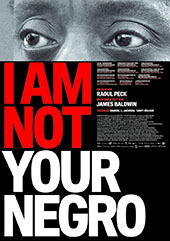 “I Am Not Your Negro shows how the later Baldwin, as he negotiated the politics of the mid-to-late 1960s and lived through the murders of Medgar Evers, Malcolm X, and Martin Luther King, Jr., became disillusioned about the possibility of any peaceful resolution to racism. Though the film hints at Baldwin’s emergent anti-capitalism, attention to the texts Peck draws from reveal the force with which Baldwin began to see American capitalism, nationalism, normative sexuality, and whiteness as inextricably bound. To address racism, then, he came to believe, would require a fundamental transformation of society. More likely, though, America would burn itself to the ground.”
“I Am Not Your Negro shows how the later Baldwin, as he negotiated the politics of the mid-to-late 1960s and lived through the murders of Medgar Evers, Malcolm X, and Martin Luther King, Jr., became disillusioned about the possibility of any peaceful resolution to racism. Though the film hints at Baldwin’s emergent anti-capitalism, attention to the texts Peck draws from reveal the force with which Baldwin began to see American capitalism, nationalism, normative sexuality, and whiteness as inextricably bound. To address racism, then, he came to believe, would require a fundamental transformation of society. More likely, though, America would burn itself to the ground.”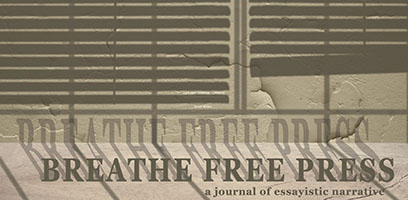 Emma Lazarus’ sonnet “The New Colossus” has gained new popular attention of late, thanks in part to White House senior policy adviser
Emma Lazarus’ sonnet “The New Colossus” has gained new popular attention of late, thanks in part to White House senior policy adviser  Listen, the dolls in my dollhouse
Listen, the dolls in my dollhouse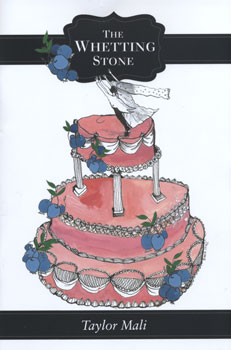 Subscribers to Rattle magazine will find a nice surprise with their Fall 2017 issue: a copy of the 2017
Subscribers to Rattle magazine will find a nice surprise with their Fall 2017 issue: a copy of the 2017 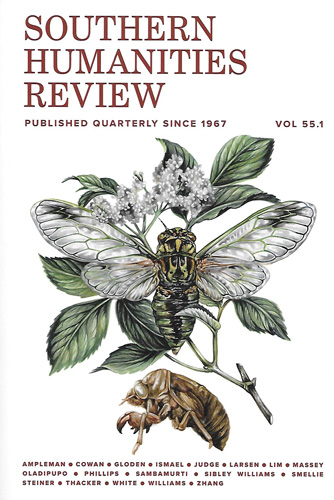 Publishing fiction, poetry, and essays from the Department of English at Auburn University, Alabama,
Publishing fiction, poetry, and essays from the Department of English at Auburn University, Alabama, 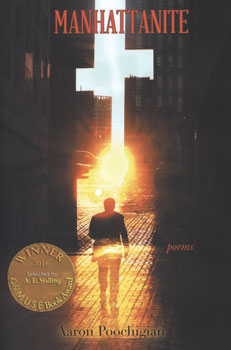 Able Muse Press annually holds the Able Muse Book Award, which offers a $1,000 prize, plus publication of the winning manuscript. The 2016 winner was recently published: Aaron Poochigian with Manhattanite.
Able Muse Press annually holds the Able Muse Book Award, which offers a $1,000 prize, plus publication of the winning manuscript. The 2016 winner was recently published: Aaron Poochigian with Manhattanite. Winners of the annual Mary C. Mohr Awards in fiction and poetry appear in the Spring 2017 issue of
Winners of the annual Mary C. Mohr Awards in fiction and poetry appear in the Spring 2017 issue of 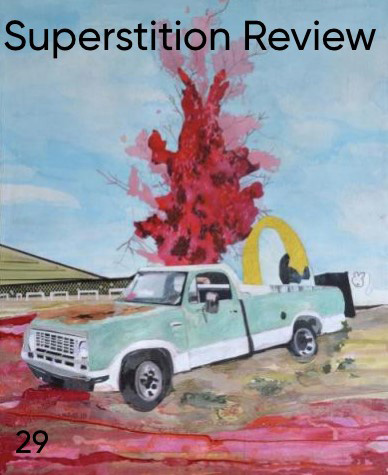 The work of artist and activist
The work of artist and activist